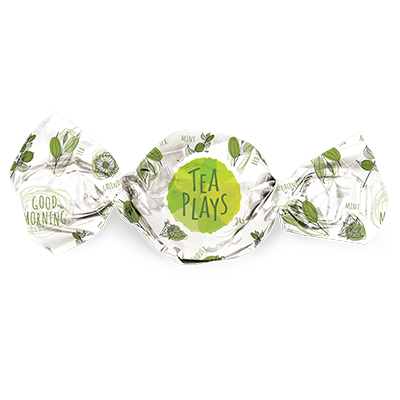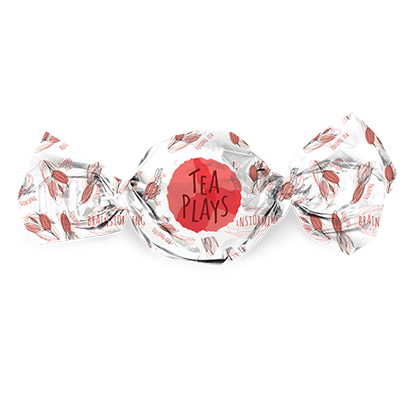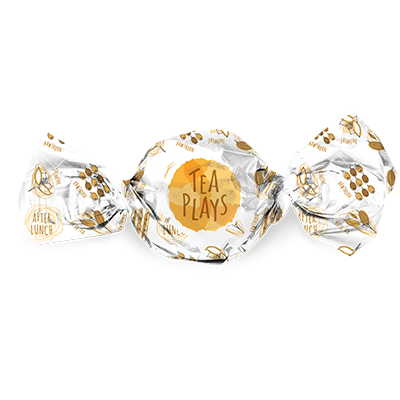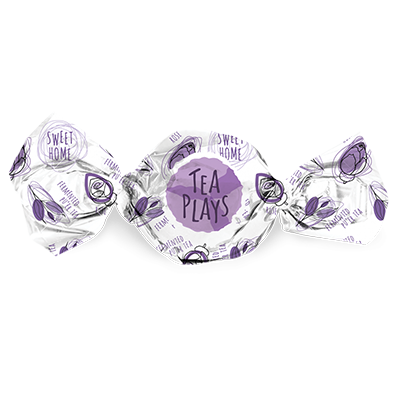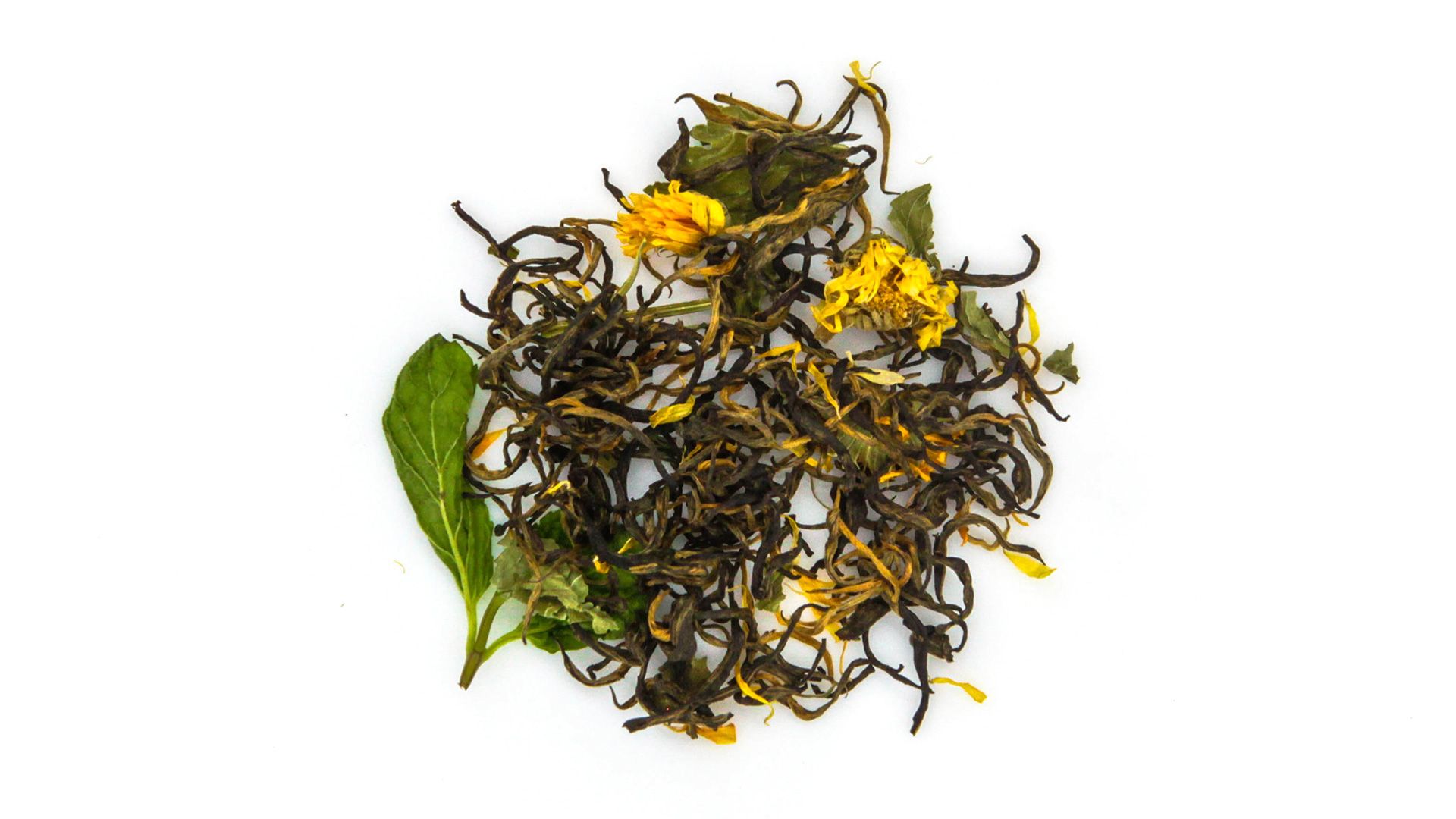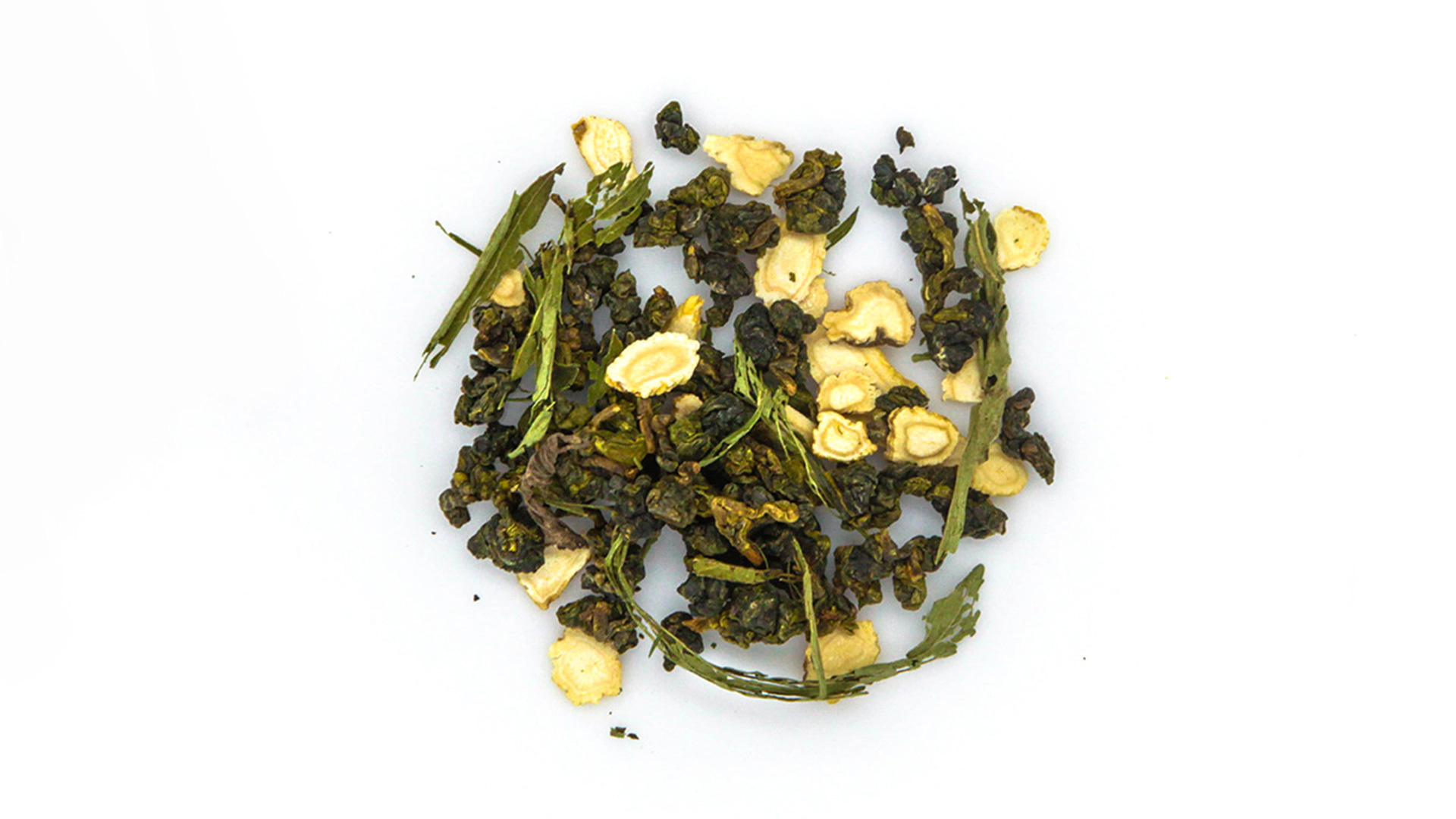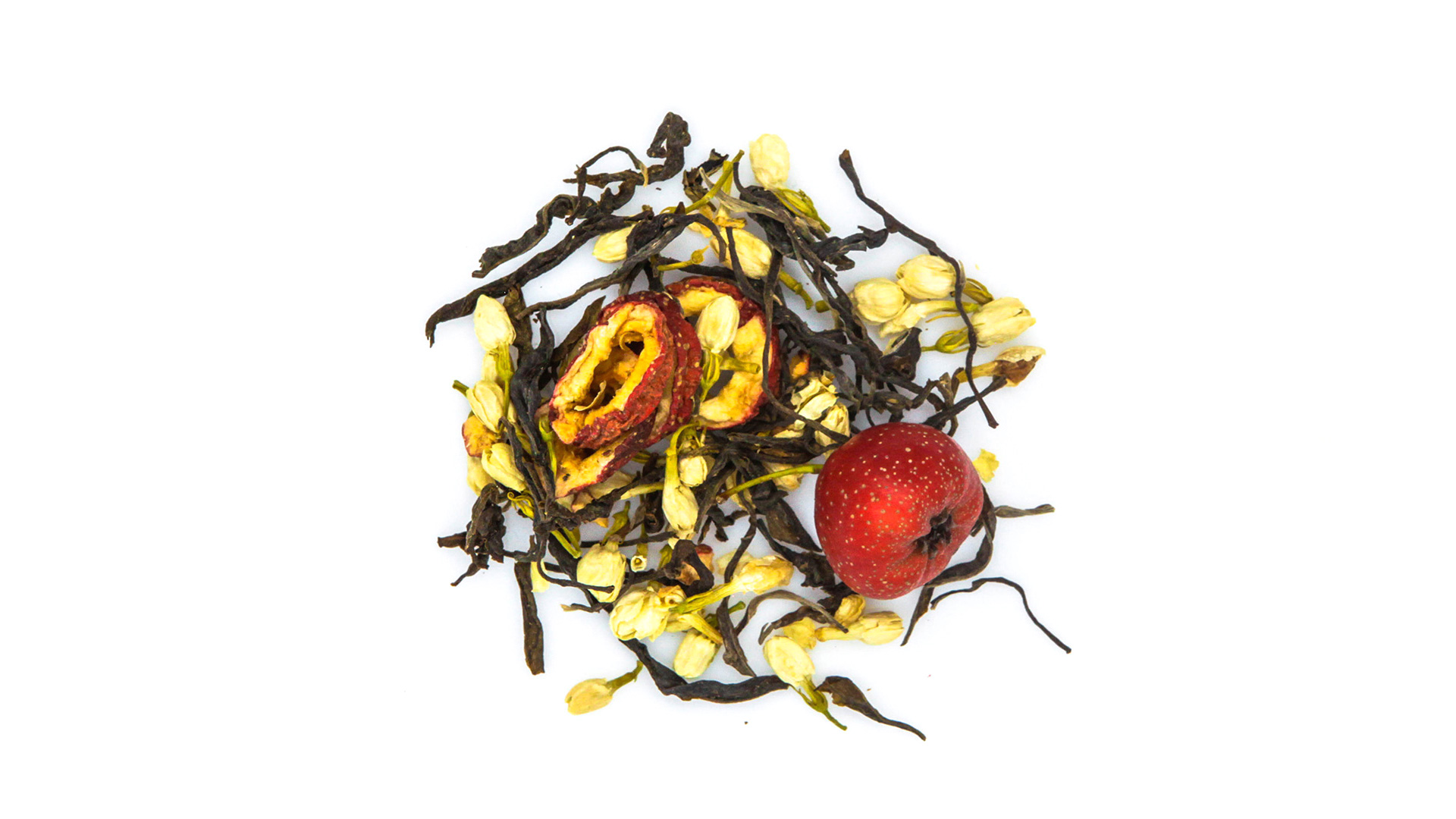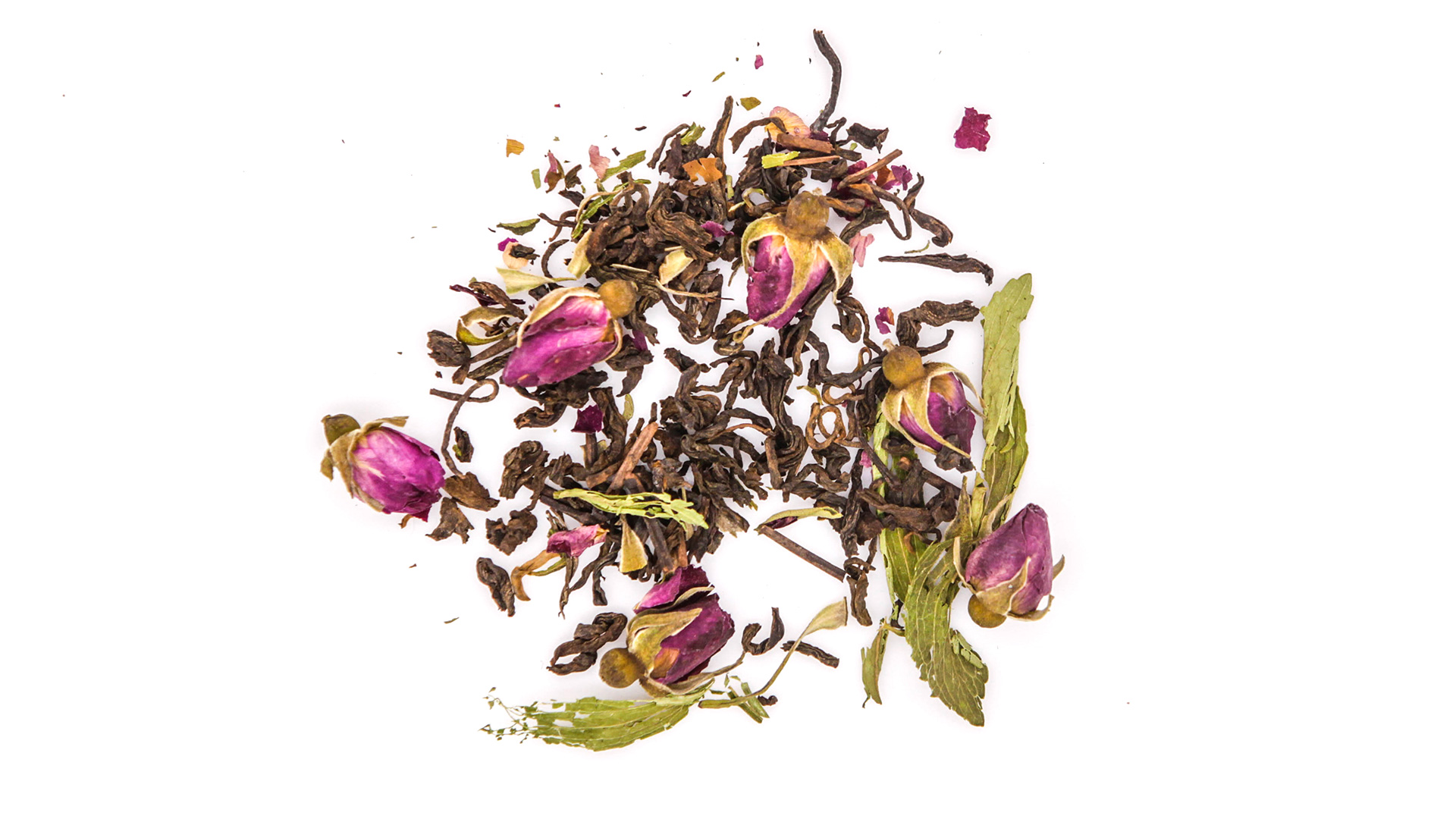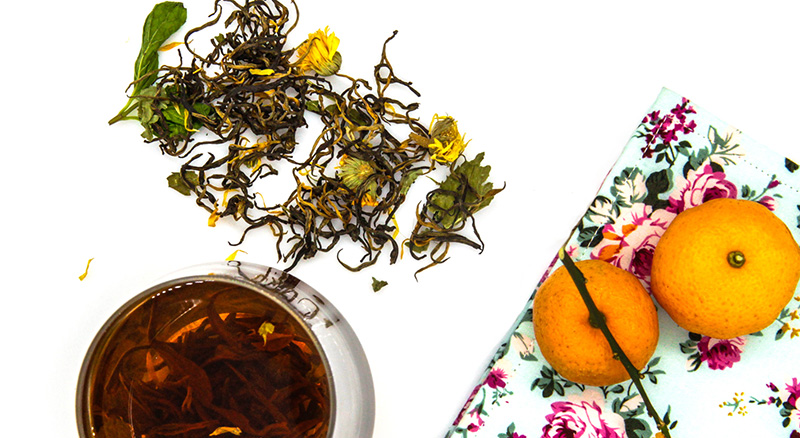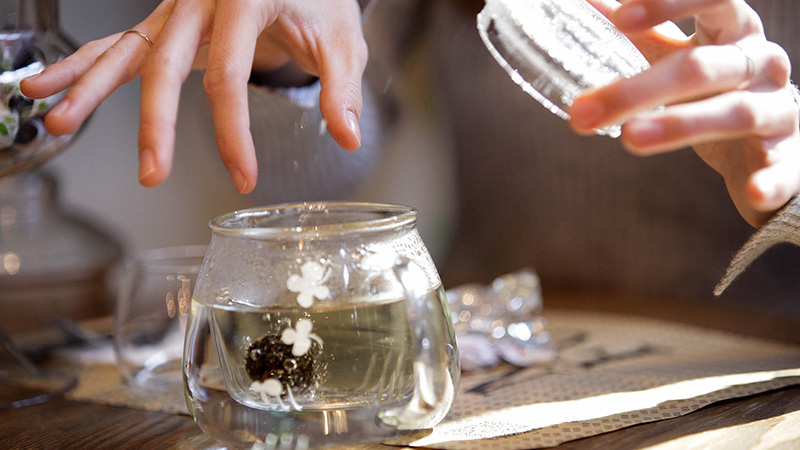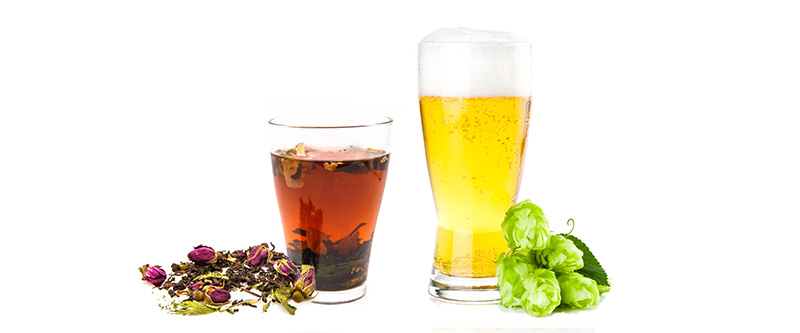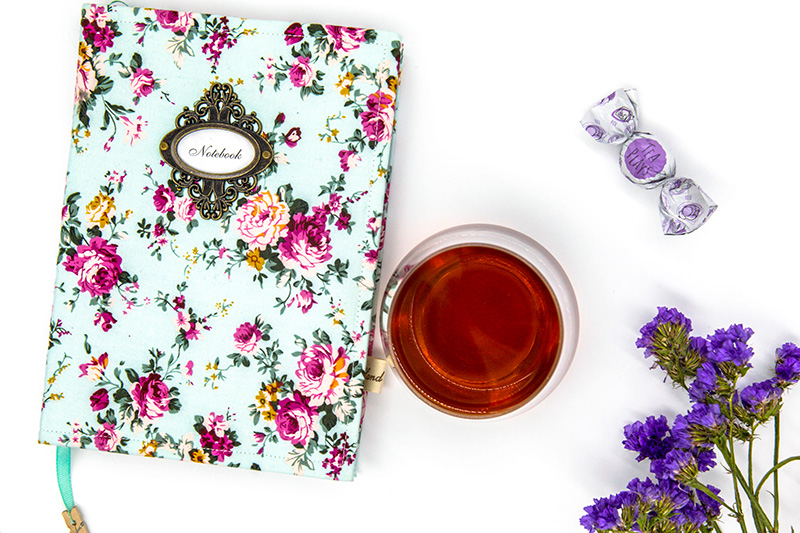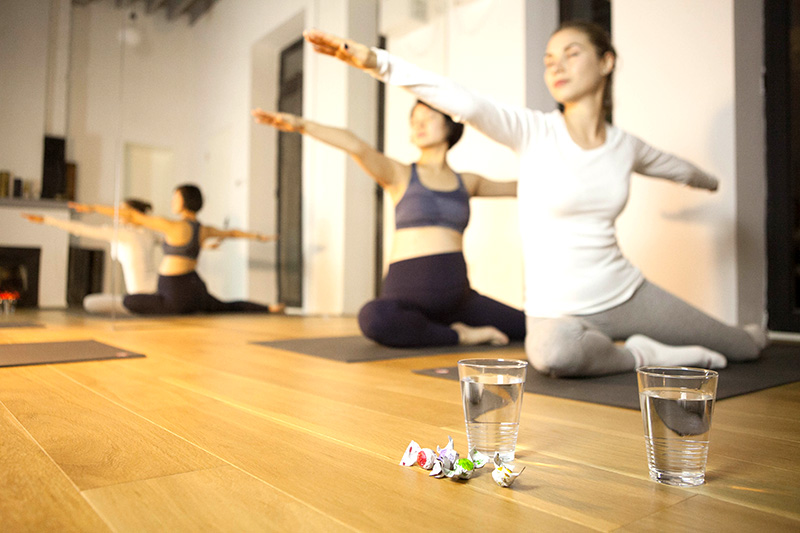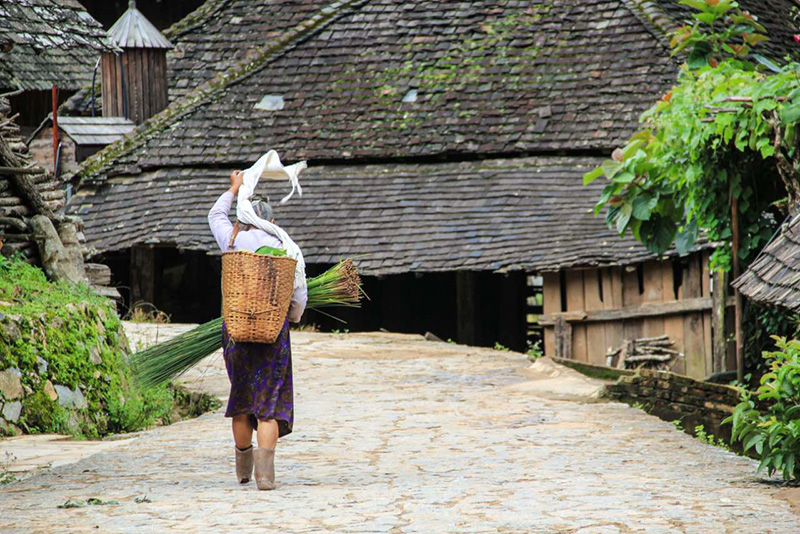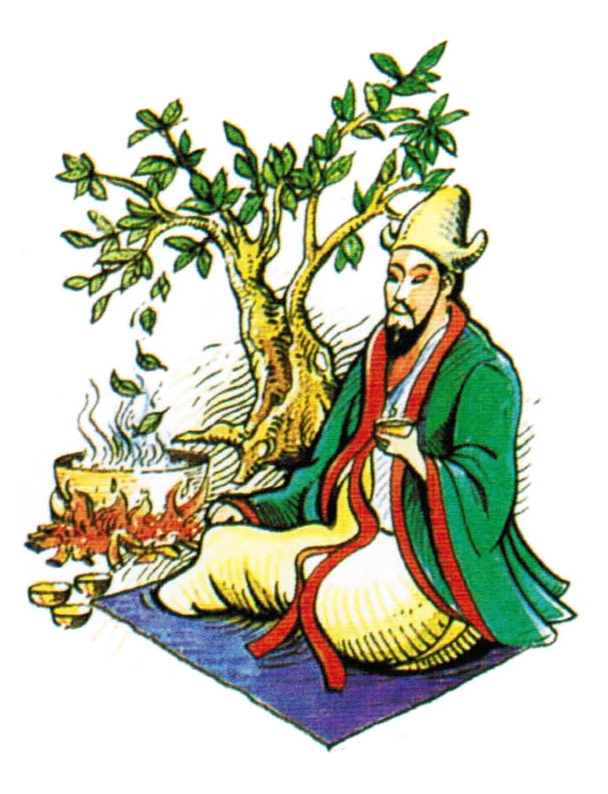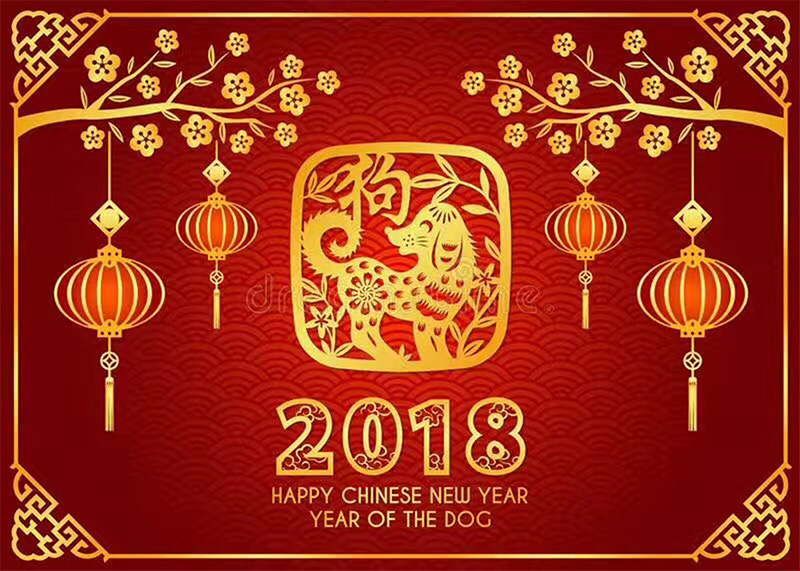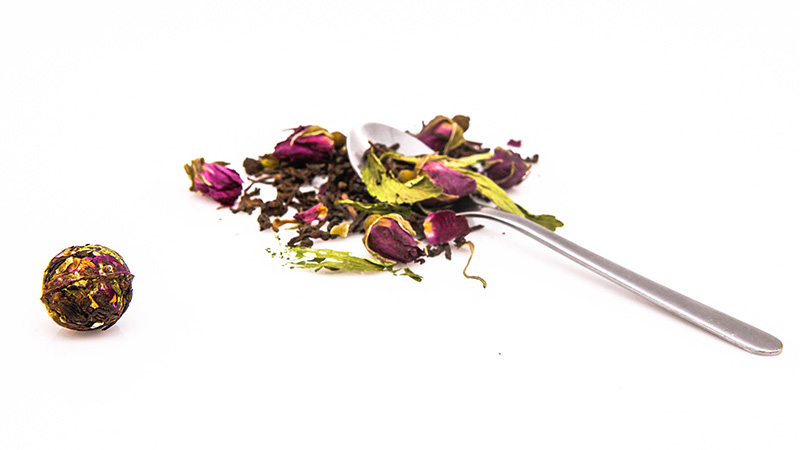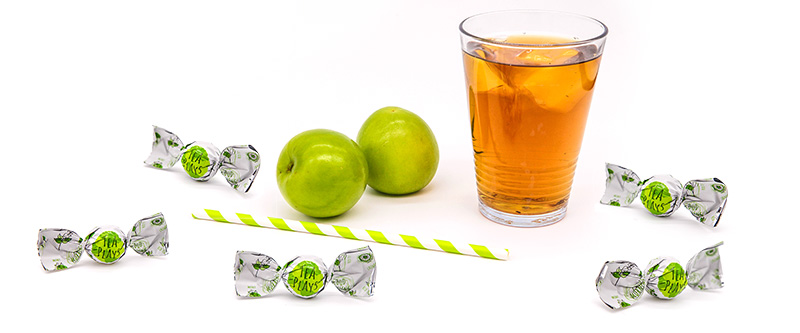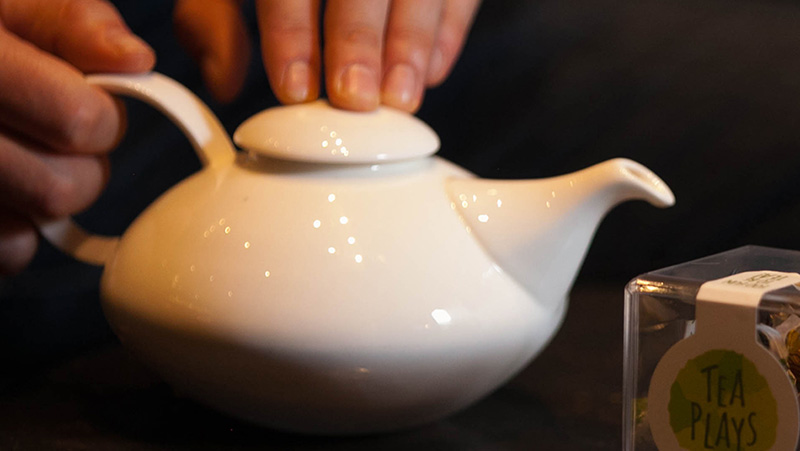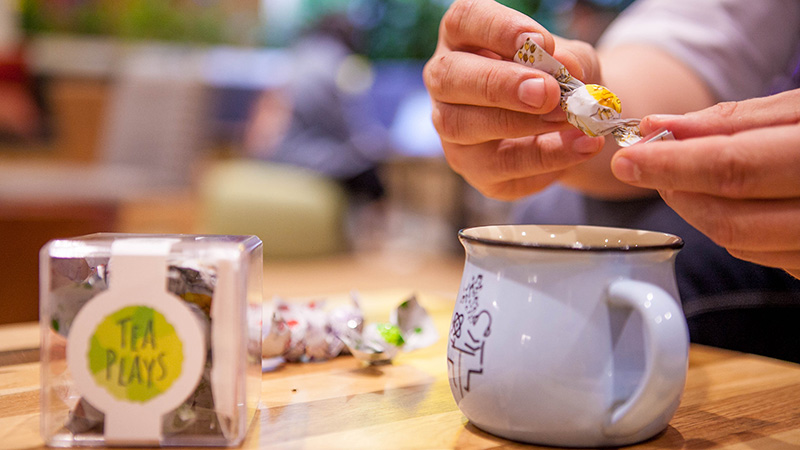Tea and Beer, PART ONE: A Debate from Dunhuang
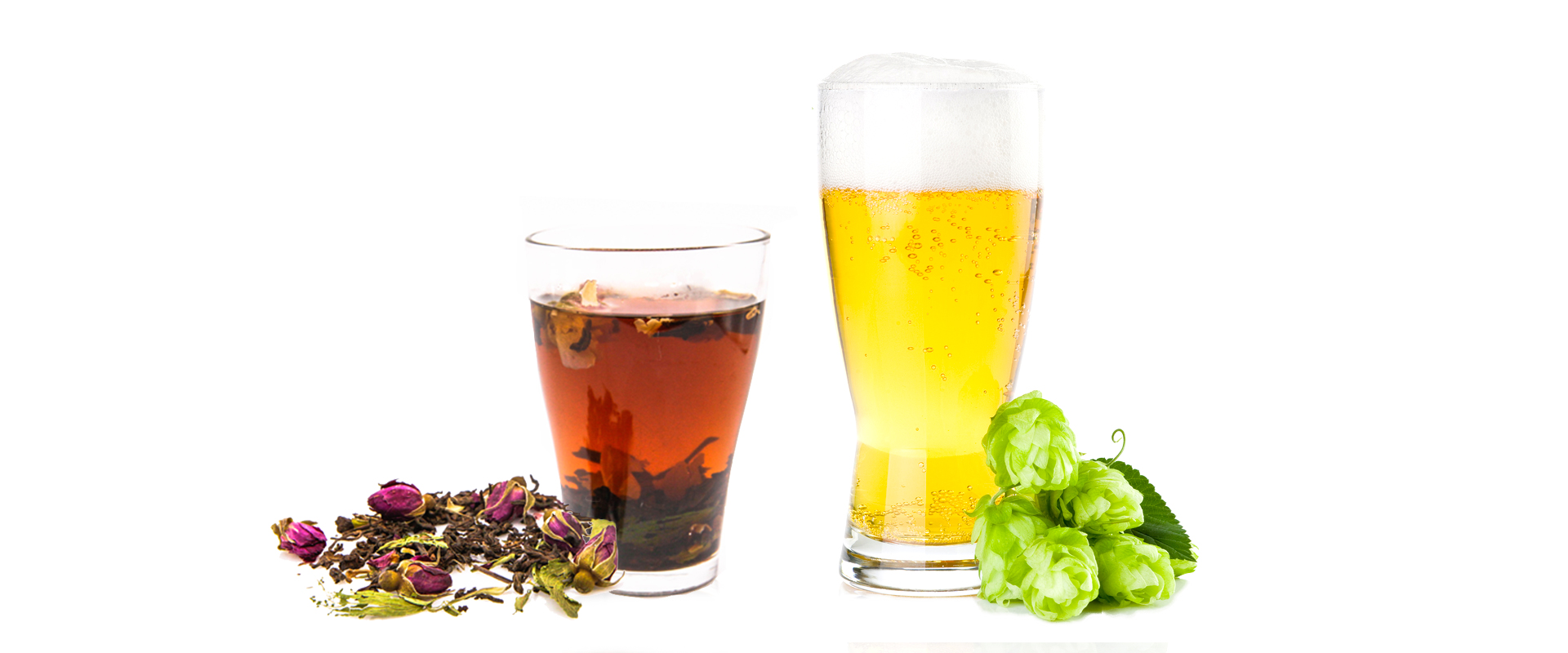
Tea has had many rivals. The discovery of an ancient Chinese manuscript helped sharpen appreciation of perhaps the oldest: between tea the promoter of awareness and alcohol the source of intoxication and inspiration.
Having touched [How is Tea better than Coffee] on the contest between tea and coffee to be the favorite drink for rousing and maintaining our attention, why not introduce another classic: tea and alcohol. Whether (or perhaps when) it is better to soften our mood with a depressant like alcohol or use a stimulant to do the opposite is a debate that may never go away.
China is no stranger to the rivalry between plants that help us 'revive' or 'calm down.' The antiquity of the argument in China was confirmed around 1900 in a cave at a famous religious sanctuary near Dunhuang, in Gansu province. Nowadays, crowds of tourists visit the murals of Buddhist figures in a system caves called Mogao.
These and other treasures are found here thanks to Dunhuang's location on the Silk Road: the ancient city sat on a crossroads where Chinese territory gave way to roads leading to Southern Siberia, India and beyond. The city and caves were swept over by multiple armies and were inside and outside imperial 'China' many times before falling into a long state of relative neglect.
In the late Qing dynasty (that's the end of the 19th century to you folks) a certain Wang Yuanlu (王圆箓; c. 1849 – 1931), a formerly wandering Taoist priest from Shanxi, made his home in the caves and declared himself their guardian. Wang is both "admired and hated" for his subsequent actions: in the first decade of the 20th century he uncovered a priceless trove of manuscripts in a sealed chamber behind a temple in one of the caves.
For this and for his dedication to the site he is appreciated by some Chinese scholars; unfortunately (in the minds of others) he funded his renovation activities by selling a large number of unique texts to visiting scholars from Hungary, France, Russia and Japan. The chamber was subsequently re-sealed and the cave site eventually found better protection under Nationalist then Communist rule. As the area continues to be excavated by archaeologists, many of the writings remain in China while many have made their way to collections around the world.
One fascinating piece from Dunhuang reflects a controversy that occupied China during the Tang dynasty (618–907 CE): the transition of the population from being primarily alcohol-lovers to appreciators of tea. After Lu Yu (733–804 CE) composed his 'Classic of Tea,' Buddhist culture affirmed its attachment to the sobering properties of 'Cha' (茶) over 'Jiu' (酒).
One of these books contains an entertaining spoken-word battle between these two longstanding foes. You might be able to guess some of what they say to each other, but the piece also contains an ending that's surprising and mysterious. Check in next week to read the second part of 'Tea and Beer' and see what happens!
More information on Wang Yuanlu: can be found here:
https://www.britishmuseum.org/pdf/3_Wang_Jiqing.pdf
On the secret chamber at Dunhuang:
http://www.persee.fr/doc/asie_0766-1177_1999_num_11_1_1155
During the Tang dynasty, tea began to supplant alcohol in Chinese culture:
http://muse.jhu.edu/chapter/1489034
Tags: All About Tea, Tea History

